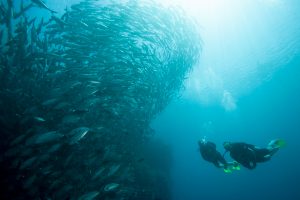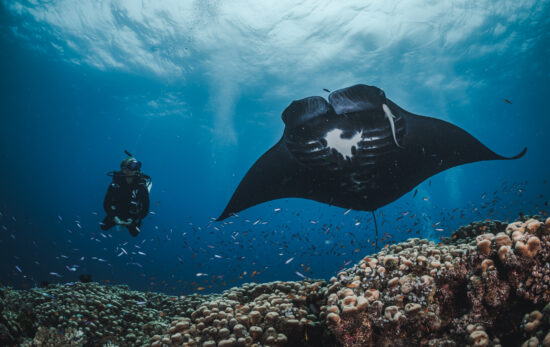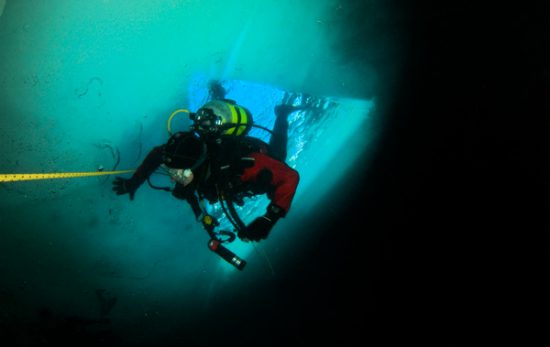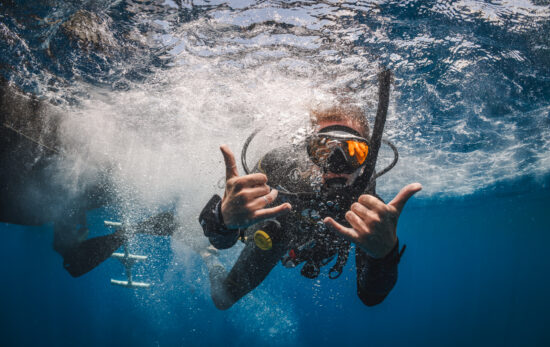 As the seasons and elements change, marine animals move around in the vast oceans in which they live. The specific reasons for migration may vary from temperature, to food source, to human activities – but the underlying reason is always to ensure their survival. This natural movement of animals has been occurring for thousands of years and is humbling to witness. Whether you are looking to spot some of the large scale migrations or just want to catch a glimpse of your favorite marine animals, getting the underwater view during a migration is an experience every sea-loving diver would love to have.
As the seasons and elements change, marine animals move around in the vast oceans in which they live. The specific reasons for migration may vary from temperature, to food source, to human activities – but the underlying reason is always to ensure their survival. This natural movement of animals has been occurring for thousands of years and is humbling to witness. Whether you are looking to spot some of the large scale migrations or just want to catch a glimpse of your favorite marine animals, getting the underwater view during a migration is an experience every sea-loving diver would love to have.
There are many types of migrations that are amazing to witness. The sardine run occurs from mid-June to mid-July off the eastern coast of South Africa and is quite the spectacle. This natural migration of enormous schools of Sardines attracts many Dolphins, Birds, Fish of Prey, Whales and Sharks – as well as divers. The small fish spawn in the cool waters and move upward, creating a natural phenomenon that can be seen even from above the waters. Getting an up close and personal view of the run is a wildlife event that divers will always remember.
One of the largest migration distances of any animal is done by the Gray Whale. This massive mammal has a 10,000 to 12,000 mile long migration from the warm waters of Mexico, where they breed, to the cold Arctic seas where they feed. Migrations of all species are an impressive feat. These marine creatures use their innate knowledge to navigate long distances every year whether they are alone or in groups. This amazing homing capacity is something to certainly be in awe of and even more amazing to see in person.
To learn more about the best ways to witness an underwater marine migration, enroll in a PADI diver course.




